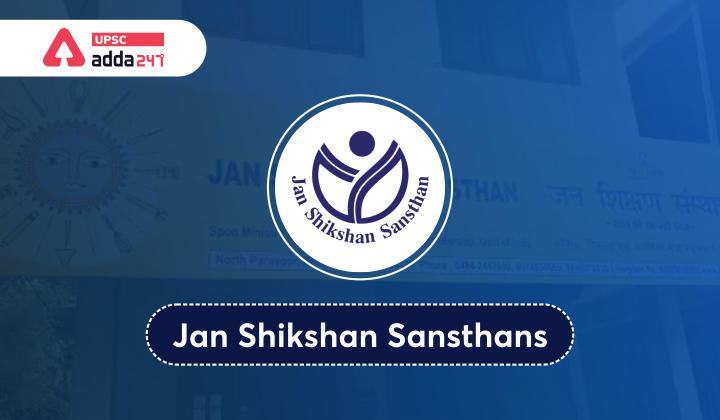Table of Contents
Context
- The Jan Shikshan Sansthan (JSS), a skill development initiative of the union government for rural areas, has brought high-speed internet to some of the remotest tribal hamlets deep inside the Nilambur jungle.
- The JSS’s technical partner C4S provided support for the long-distance Wi-Fi on 5GHz frequency.
- Using long-distance Wi-Fi technology, high-speed internet could be provided even up to 100 km without any transmission loss.

Get free video for UPSC CSE preparation and make your dream of becoming an IAS/IPS/IRS a reality
Key Points about JJS
- About JSS: formerly known as Shramik Vidyapeeth, is a unique government scheme which is being implemented through NGOs in the country since 1967. It was renamed JSS in 2000.
- Nodal Ministry: It is being implemented by the Ministry of Skill Development & Entrepreneurship since July 2018. Earlier it was under the Ministry of Education (erstwhile Ministry of Human Resource Development)
- Objective: to uplift this rural population economically by imparting essential skills training, thereby enabling local trades to grow and creating new opportunities for the natives of the region.
- Implementation: JSS is being implemented through NGOs with 100% grants from the Government of India.
- Jan Shikshan Sansthans are registered under the Societies Registration Act, 1860.
- The affairs of Jan Shikshan Sansthan are managed by the respective Board of Management approved by the Government of India.
- JSSs work at the doorstep of the beneficiaries with minimum infrastructure and resources.
- Mandate of the scheme: to provide vocational training to non-literates, neo-literates, persons with rudimentary levels of education up to 8th as well as school drop-outs up to 12th in the age group of 15-45 years in rural regions by identifying skills that have a relevant market in that region.
- Priority groups: women, SC, ST, minorities, and other backward sections of the society.
- Present Status: At present, 233 JSSs in 25 States and 3 Union Territories are functional. The annual coverage of the beneficiaries is around 4 lakhs, out of which 85% are women.



 TSPSC Group 1 Question Paper 2024, Downl...
TSPSC Group 1 Question Paper 2024, Downl...
 TSPSC Group 1 Answer key 2024 Out, Downl...
TSPSC Group 1 Answer key 2024 Out, Downl...
 UPSC Prelims 2024 Question Paper, Downlo...
UPSC Prelims 2024 Question Paper, Downlo...




